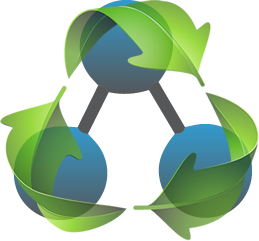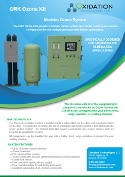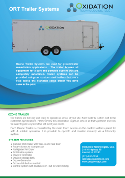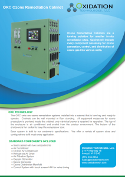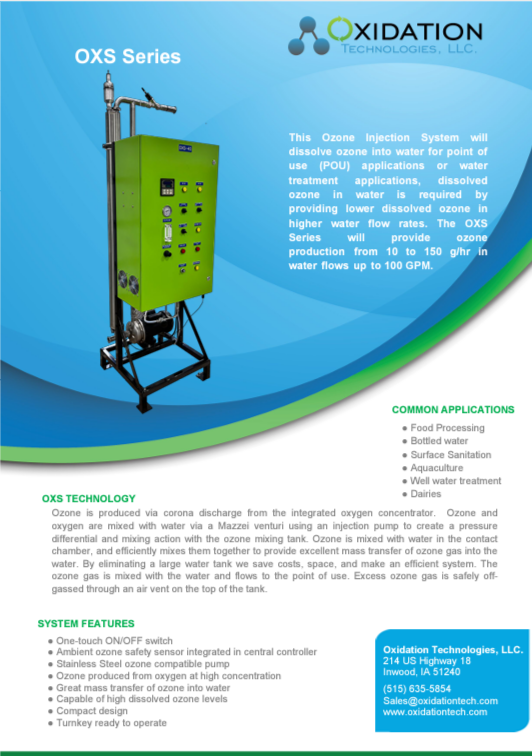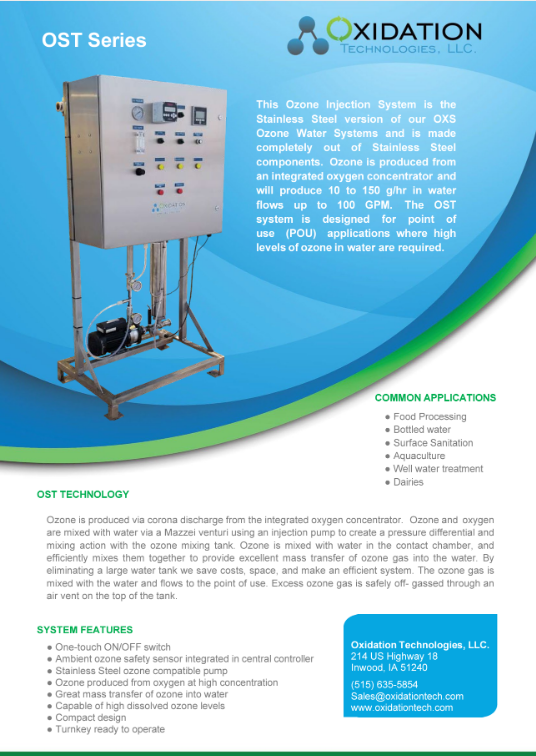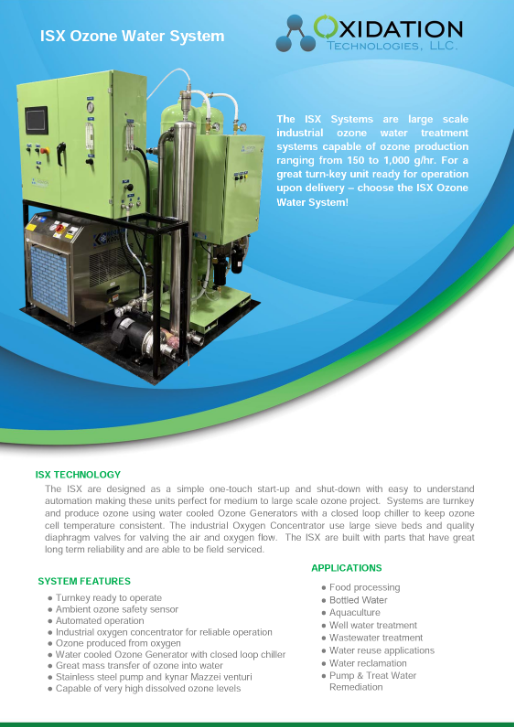Combined Ozone and Ultrasound for the Removal of 1,4-Dioxane from Drinking Water
Courtesy of: Ozone: Science & Engineering The Journal of the International Ozone Association
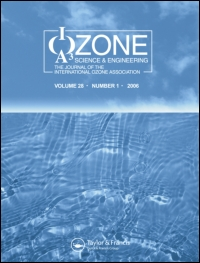
Authors:Michael Dietrich, Gangadhar Andaluri, Ryan C. Smith & Rominder Suri
Received 03 Feb 2017, Accepted 03 Apr 2017, Accepted author version posted online: 21 Apr 2017
Abstract:
Ozone, ultrasound, and ozone/ultrasound processes were evaluated for the removal of 1,4-dioxane from tap water using a continuous flow reactor with on-line aqueous ozone measurement. The addition of ultrasound to ozone was found to significantly boost removal. The removal of 1,4-dioxane by ozone/ultrasound process exceeded the sum of the removals from ozone alone and ultrasound alone. Ultrasound alone showed less than 20% removal of 1,4-dioxane. The effects of reactor pressurization and bicarbonate as a hydroxyl radical scavenger were also studied. It was observed that at constant aqueous ozone concentration, additional pressure in the reactor tended to mute the 1,4-dioxane removal boost noted in the ozone/ultrasound process, while additional pressure did not affect 1,4-dioxane removal via ozone alone. The removal of 1,4-dioxane was found to be dependent on the consumption of aqueous ozone, and the consumption of ozone was found to be increased by either the addition of ultrasound or by increasing pH. Rate constants were calculated for various ozone concentrations for the ozone and ozone/ultrasound processes and the systems were fitted to a Chick & Watson-style model.
Link to access full paper below:
https://www.tandfonline.com/doi/abs/10.1080/01919512.2017.1321981
Become a member of the IOA and receive the Ozone Science & Engineering Journal in the mail, and full online access:



